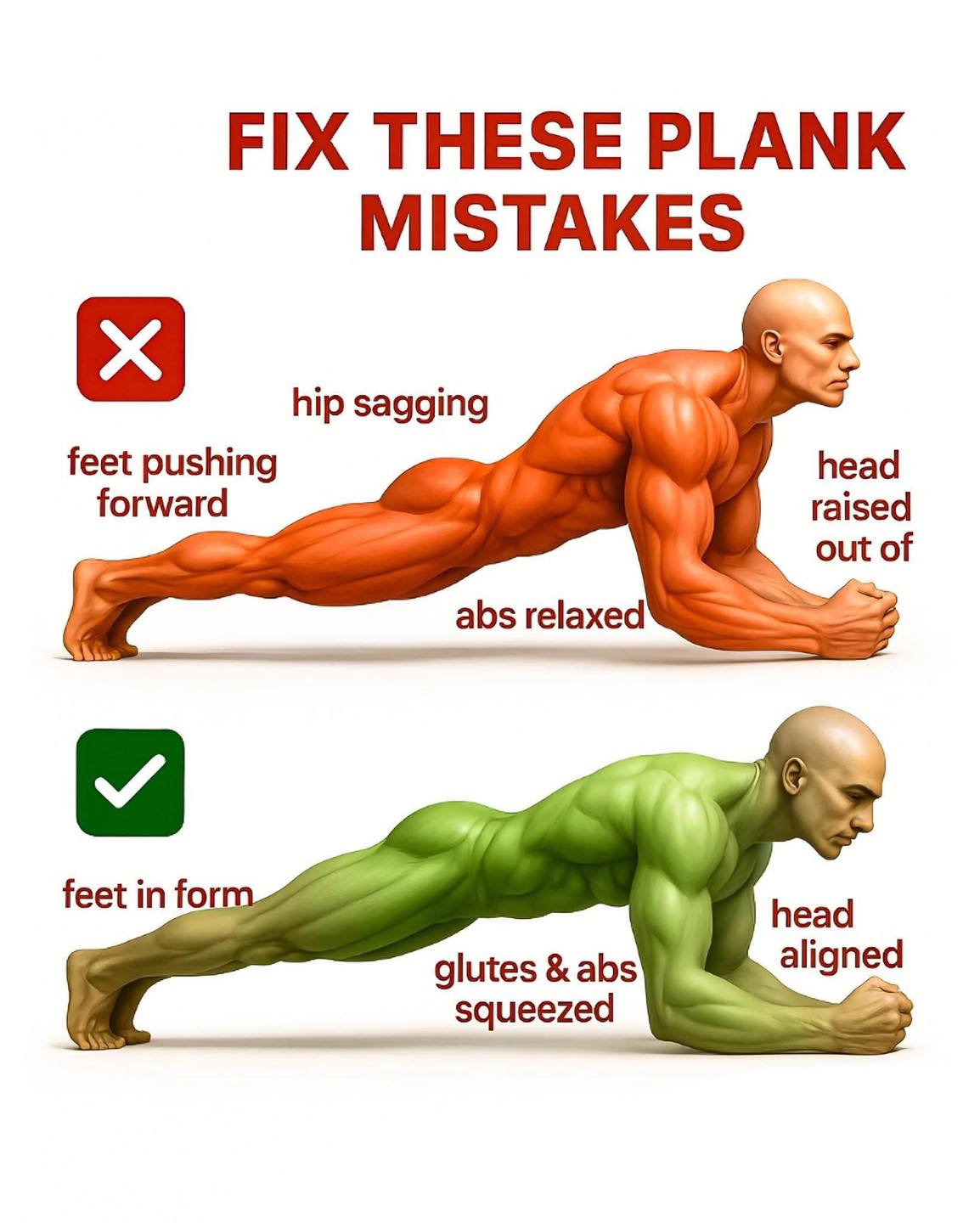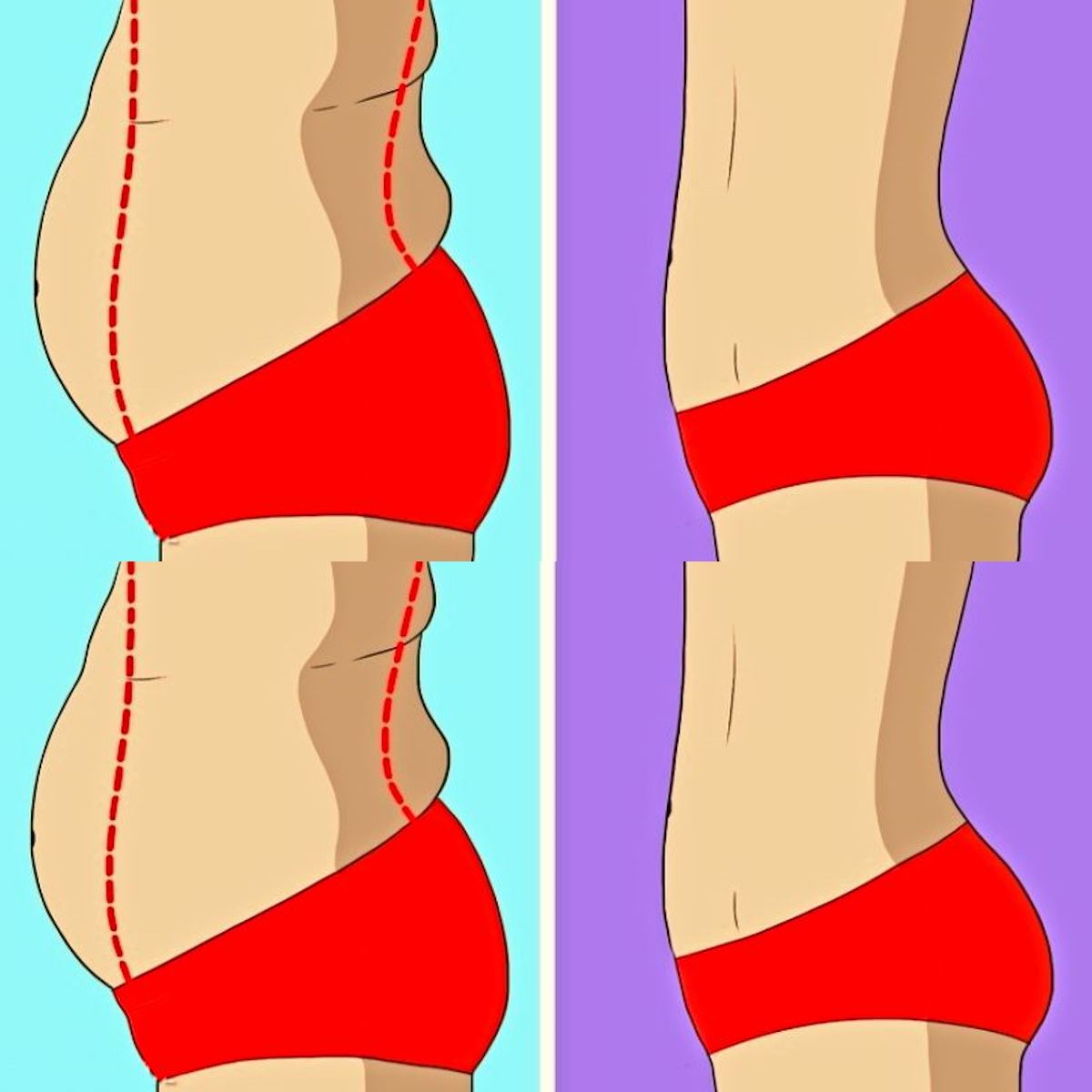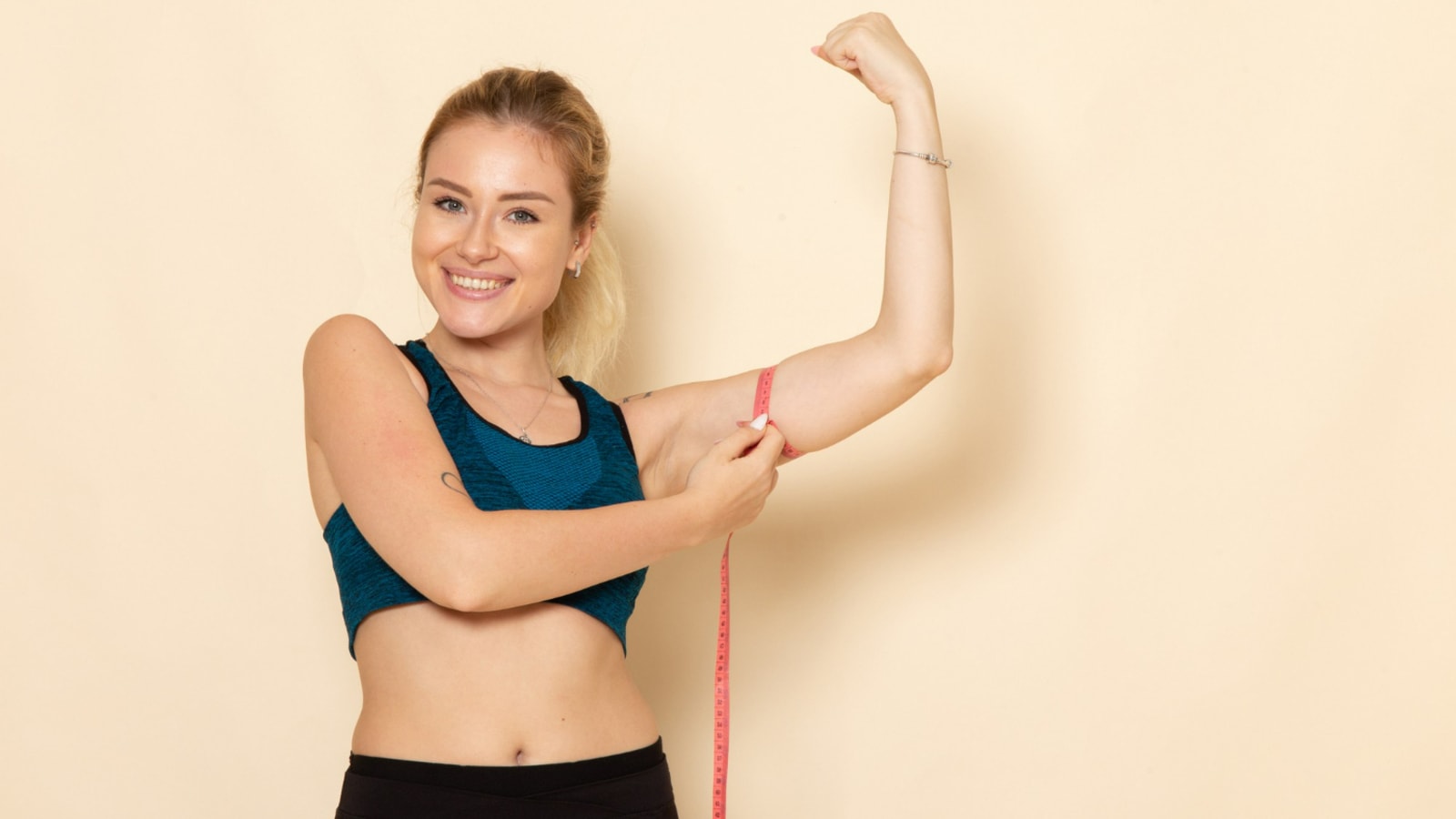
The barbell back squat is widely celebrated as a foundational movement for lower-body strength. However, it is not the only—nor always the most suitable—exercise for targeted gluteal development. Factors such as knee sensitivity, limited hip mobility, or difficulty maintaining proper form can diminish the squat’s effectiveness and even increase injury risk for some individuals.
Fortunately, a strategic approach utilizing glute isolation and activation exercises can yield exceptional results with minimal stress on the joints. The following four movements are designed to target the gluteal muscles—the gluteus maximus, medius, and minimus—more directly than many compound lifts. They are highly effective for building a strong mind-muscle connection, improving muscular activation, and developing a firmer, more sculpted posterior.
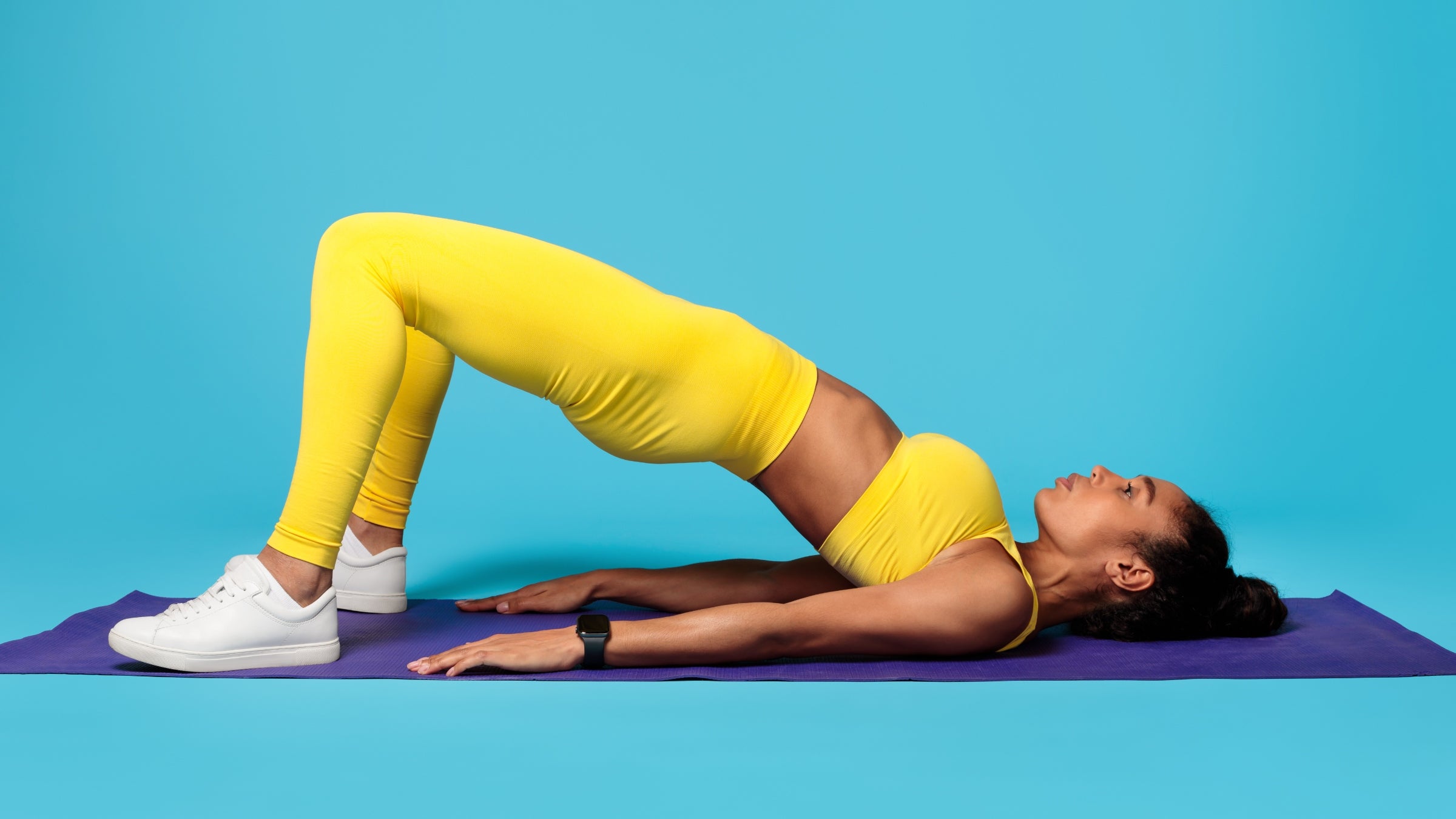
Incorporate these exercises as a standalone routine or as a glute activation series before your main lower-body workout to enhance performance and ensure the glutes are functioning as the primary movers.
The Glute Isolation and Strengthening Routine
Workout Structure: Perform the following four exercises as a circuit. Complete all prescribed repetitions for one exercise before moving to the next with minimal rest in between. After completing all four exercises, rest for 60-90 seconds. Complete a total of 3 full circuits.
1. Glute Bridge
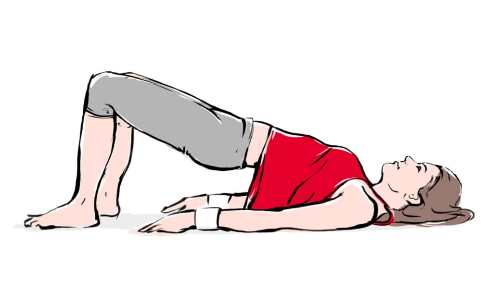
- Primary Focus: Glute and hamstring activation with minimal spinal load, making it an excellent foundational exercise.
- Execution Protocol:
- Lie supine (on your back) with your knees bent, feet flat on the floor hip-width apart, and heels a few inches from your glutes.
- Place your arms at your sides with palms facing down for stability. Engage your core to flatten your lower back against the floor.
- Drive forcefully through your heels and squeeze your glutes to lift your hips toward the ceiling.
- At the top, your body should form a straight line from your shoulders to your knees. Avoid arching your lower back.
- Hold the peak contraction for a moment before lowering your hips back to the starting position with control.
- Prescription: 3 sets of 20 repetitions.
- Coaching Cue: To increase glute activation, imagine trying to push the floor apart with your feet without actually moving them.
2. Dead Bug
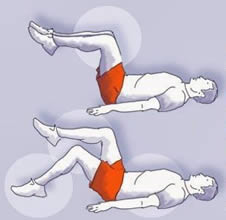
- Primary Focus: Core stabilization and lumbo-pelvic control, which is essential for transferring force and protecting the spine during all movements.
- Execution Protocol:
- Lie on your back with your arms extended toward the ceiling and your legs in a tabletop position (hips and knees bent at 90 degrees).
- Press your lower back firmly into the floor. This is the most critical part of the exercise.
- Slowly and simultaneously, lower your right arm and your left leg toward the floor.
- Lower only as far as you can while maintaining contact between your lower back and the floor.
- Return to the starting position with control and repeat with the opposite arm and leg (left arm, right leg).
- Prescription: 3 sets of 20 total reps (10 per side).
- Coaching Cue: The goal is not to touch the floor, but to challenge your core’s ability to resist extension. If your back arches, reduce the range of motion.
3. Quadruped Donkey Kick
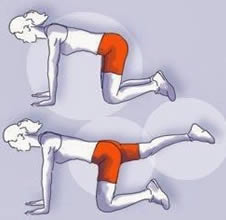
- Primary Focus: Isolating the gluteus maximus to improve peak contraction and hip extension.
- Execution Protocol:
- Begin on all fours in a tabletop position, with your hands stacked directly under your shoulders and knees under your hips.
- Keeping your core braced and your back flat, lift your right leg straight back and up toward the ceiling, maintaining the 90-degree bend in your knee.
- Focus on driving your heel upward and squeezing your right glute at the top of the movement.
- Lower the leg back to the starting position without letting your back sag.
- Complete all repetitions on one side before switching to the other.
- Prescription: 3 sets of 10 repetitions per leg.
- Coaching Cue: Imagine balancing a glass of water on your lower back to prevent it from arching or twisting. The movement should come entirely from your hip.
4. Single-Leg Glute Bridge
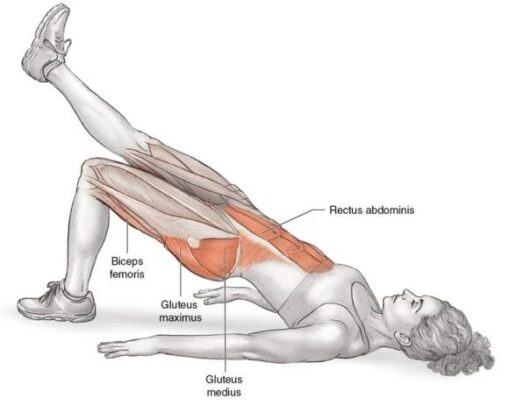
- Primary Focus: Unilateral glute strengthening, which helps to correct muscle imbalances and improve pelvic stability.
- Execution Protocol:
- Assume the same starting position as a standard glute bridge.
- Extend one leg straight out, keeping your thighs parallel to each other.
- Engage your core and drive through the heel of the foot that is on the floor, lifting your hips off the ground.
- Keep your pelvis level and square throughout the movement; do not allow the hip of the extended leg to drop.
- Lower your hips with control and repeat. Complete all repetitions on one side before switching.
- Prescription: 3 sets of 15 repetitions per leg.
- Coaching Cue: Place your hands on your hip bones (iliac crests) to provide tactile feedback and ensure they remain level as you lift.

A Targeted Approach to Glute Training
Building a strong and well-developed posterior does not require exclusive reliance on heavy, complex lifts. By incorporating these targeted isolation and activation exercises, you can effectively train your glutes, enhance your mind-muscle connection, and improve your overall movement quality with minimal equipment. This focused approach is an invaluable tool for anyone looking to build stronger glutes safely and efficiently.

